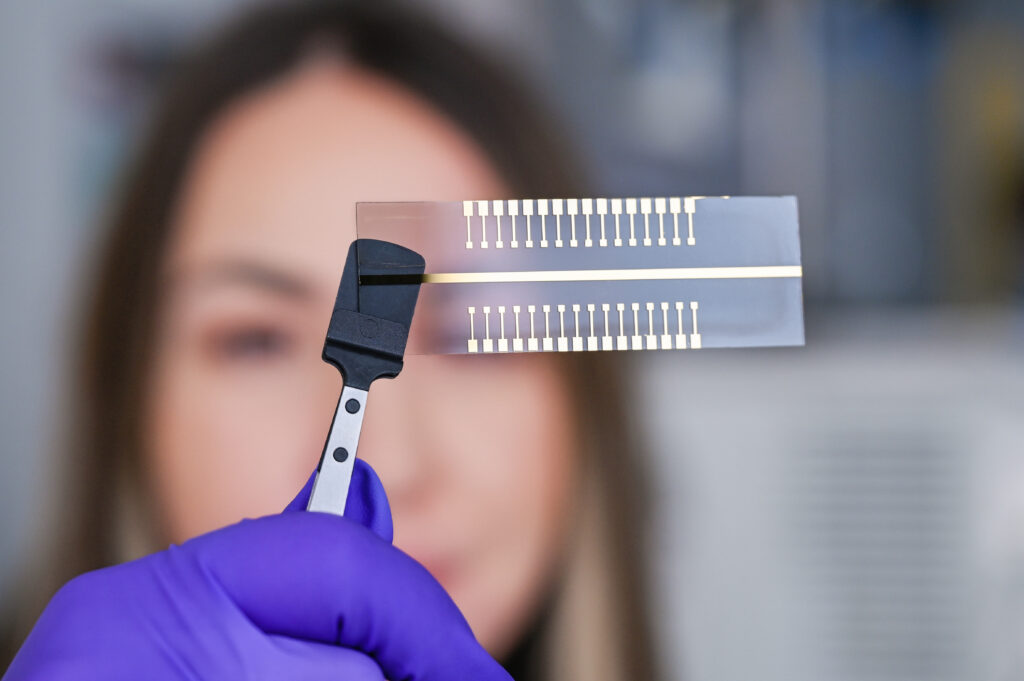Everyone received the news with glee when Theranos promised the world it could make blood tests faster, easier, and cheaper than ever before. This was with good reason, as the idea of running hundreds of tests with a drop of blood was nothing short of a miracle. Now, almost six years after Theranos crumbled, the miracle might be finally happening.
Blood testing can be one of the most inefficient procedures in the healthcare industry. In addition to the high volume of blood required and the pain it can produce, traditional blood testing carries high operational costs.
Fortunately, researchers have developed a new sensor device that is considerably more cost-effective than traditional diagnostic devices despite being built with off-the-shelf parts and being palm-sized. By using field-effect transistors (FETs) and the different electrical potentials produced by pathogens, the device fits in a backpack and can identify multiple pathogens.
The team found the effectiveness of the new device to be on par with the latest FET-based biosensors despite its bootstrapped nature. With a 95% certainty rate, the new device could help detect proteins like interleukin-6, which are present in cases ranging from cancer to colds.
While the range might seem too big, it is similar to the range that popular diagnostic tests like ELISA, used to diagnose AIDS, possess. When combined with other testing methods or even by looking for other biomarkers with the same device, professionals could very easily diagnose their patients at a fraction of the cost and time.
An area in which the new diagnostic device holds special promise is monitoring disease evolution and the therapeutic process. Cancer survivors, for example, are required to undergo extensive testing over the years following their remission, requiring them to go to a lab. This process could become much easier by using this device at home.
Right now, the researchers are working on upgrading the device so it can run several tests at the same time. This involves the creation of a device with 32 test pads, each capable of detecting multiple pathogens while using a single blood sample for all of them.
Article & Image Source: HZDR / Anja Schneider






